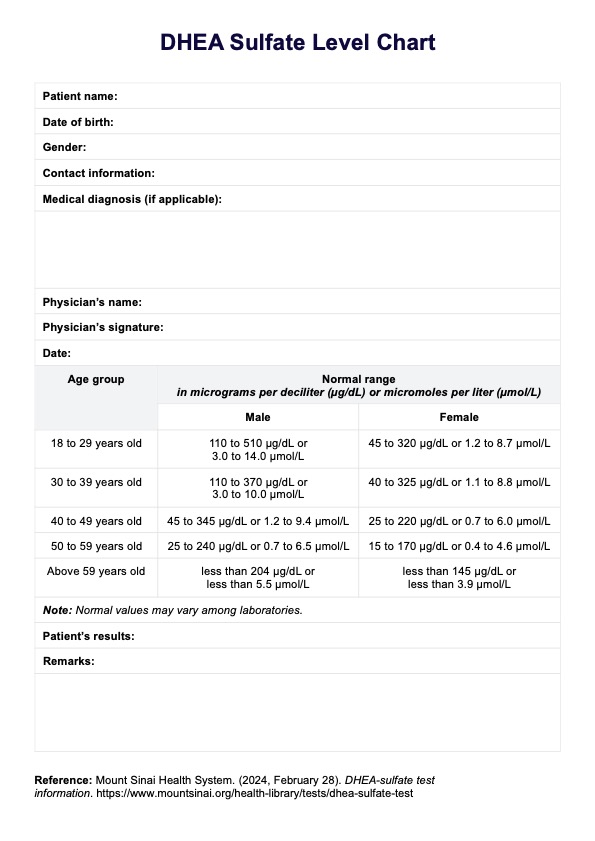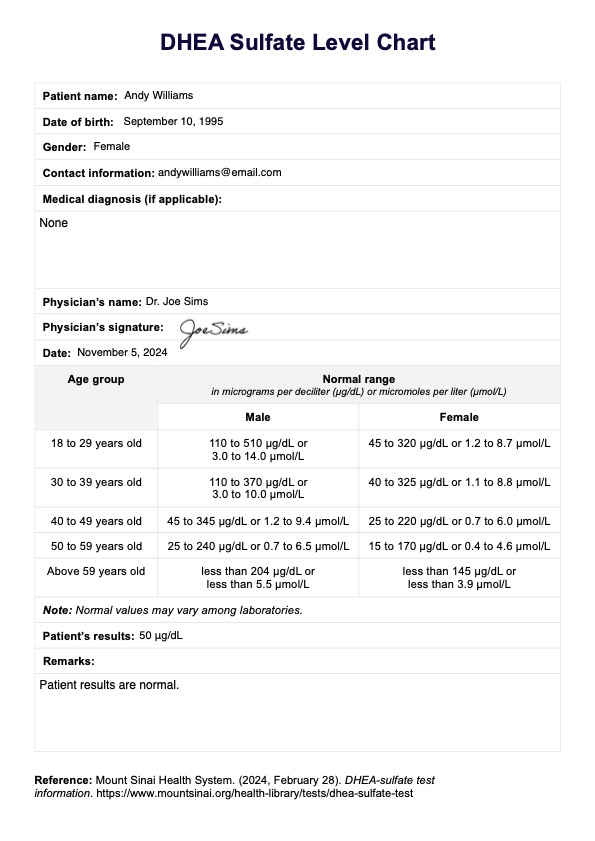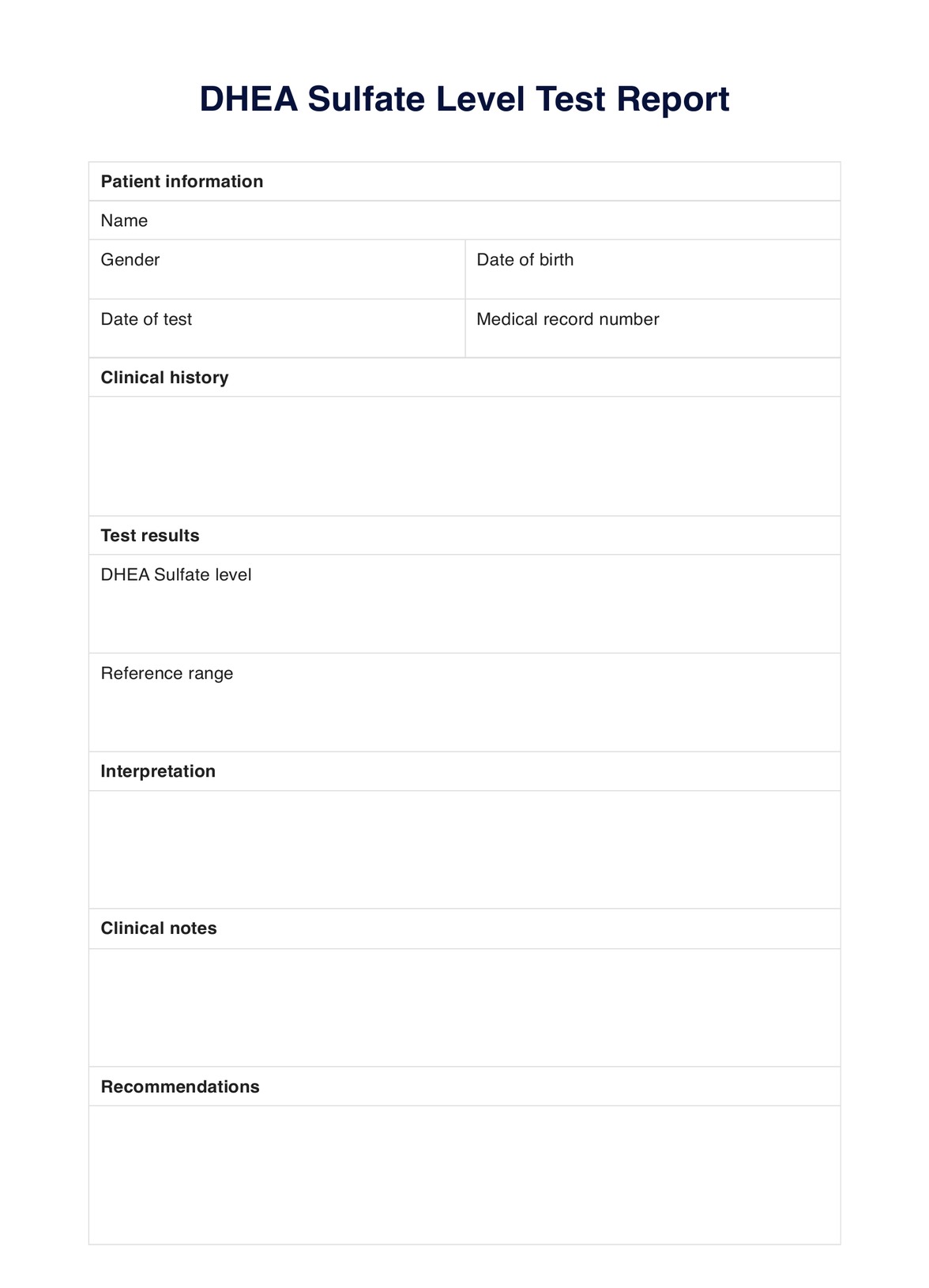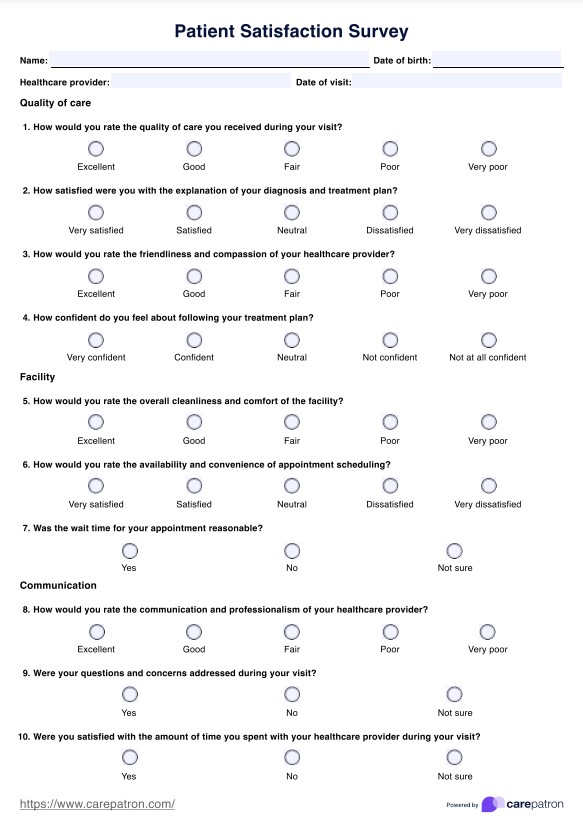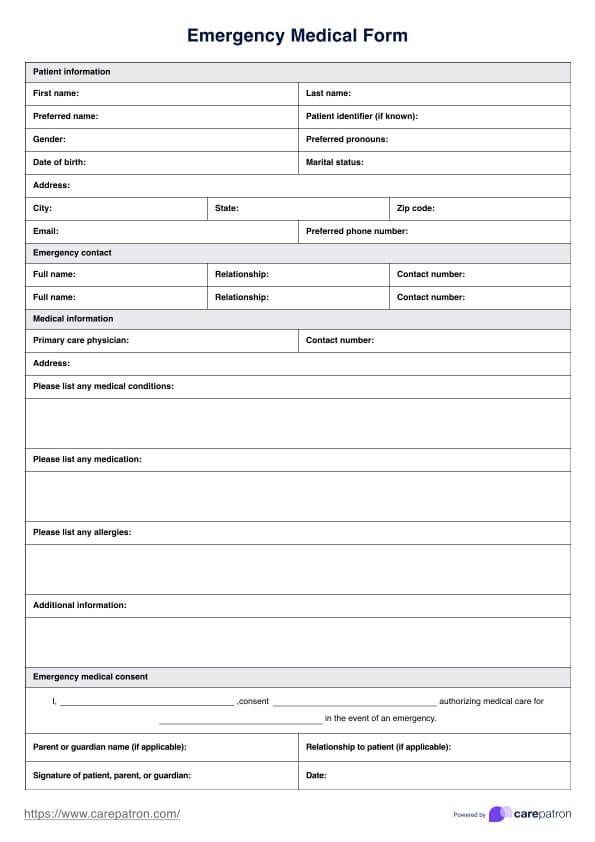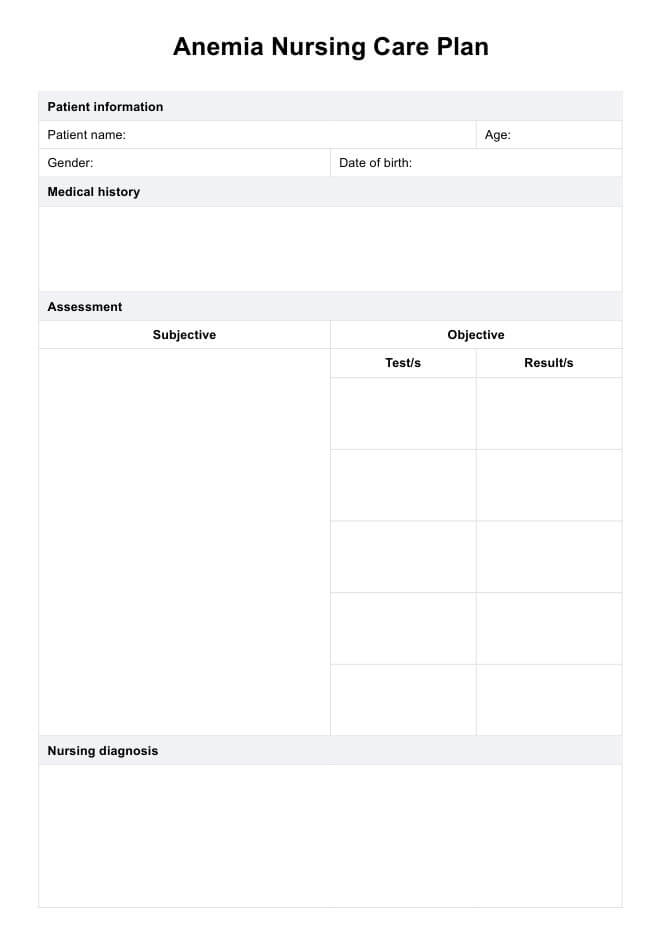DHEA Sulfate level chart
Get this DHEA Sulfate Level Chart to understand normal ranges for various ages and genders, aiding in adrenal health assessments and medical diagnoses.


What is a DHEA Sulfate Level Chart?
The DHEA sulfate test measures the level of dehydroepiandrosterone sulfate (DHEA-S), a steroid hormone, in the blood. This hormone, produced mainly by the adrenal glands, plays a key role in the development of male and female secondary sexual characteristics and is a precursor to both estrogen and testosterone. This blood test is crucial for evaluating adrenal gland function and diagnosing conditions related to hormonal balance. It's especially useful in detecting adrenal tumors or hyperplasia, evaluating women with virilization symptoms (like excessive hair growth and acne), investigating precocious puberty in children, and assessing adrenal insufficiency.
A DHEA Sulfate Level Chart is a handy reference tool for assessing patient results and comparing them to normal reference ranges. It helps healthcare providers identify potential imbalances that may require further evaluation. Tracking these levels over time can also offer insights into the patient's hormonal health and overall well-being.
DHEA Sulfate level chart Template
DHEA Sulfate level chart Example
How does this DHEA sulfate test level chart work?
Here's how to incorporate our template into your practice:
Step 1: Download the template
Begin by downloading the DHEA sulfate test level chart. You can open it by clicking "Use template," which opens it on the Carepatron app and lets you customize it. You can also download a non-customizable PDF by clicking "Download."
Step 2: Complete patient information
Once you have the template, locate the section designated for patient information. Document all relevant details, such as the patient's name, date of birth, and other necessary information.
Step 3: Input test results and compare DHEA-S levels
A licensed professional will draw a blood sample from the patient. Once the laboratory results are available, enter the DHEA sulfate test result in the designated section of the chart. Compare the results with the normal DHEA levels by age and gender provided within the template.
Step 4: Provide necessary notes
Finally, utilize the remarks section to document observations or recommendations based on the test results. This could include potential follow-up actions, referrals, or treatment considerations. Clear and concise notes will aid in ongoing patient management and communication with other healthcare providers.
Who might need a DHEA sulfate (DHEAS) test?
The DHEAS test provides insight into the functioning of the adrenal glands and other hormones. Key groups that might need this test include:
- Women with signs of androgen excess: Women showing symptoms like excessive hair growth (hirsutism), acne, and menstrual irregularities may need a DHEAS test. These symptoms can be indicative of conditions like polycystic ovary syndrome (PCOS) or congenital adrenal hyperplasia.
- Individuals with adrenal gland disorders: Those suspected of having adrenal gland issues, such as an adrenal tumor or adrenal hyperplasia, may undergo DHEAS testing.
- Patients with congenital adrenal hyperplasia: This genetic disorder affects adrenal gland function, leading to altered hormone production. DHEAS testing helps diagnose and manage this condition.
- People experiencing early puberty or delayed puberty: DHEAS levels can be a contributing factor to early or delayed puberty in children, necessitating this test to understand the underlying causes.
- Individuals considering DHEA supplementation: For those contemplating DHEA supplements, a DHEAS test can help determine baseline levels of DHEA, aiding in appropriate supplementation decisions.
- Patients with suspected pituitary gland disorders: Since the pituitary gland influences adrenal function, individuals with suspected pituitary disorders might need a DHEAS test to evaluate them.
Healthcare providers will often recommend this test as part of a broader evaluation of hormone levels, particularly when symptoms suggest hormone imbalance or adrenal gland issues.
Interpreting test results
Interpreting the results of a DHEA sulfate involves comparing the measured levels of DHEAS in your patient's blood to reference values, which can vary based on age, sex, and laboratory standards. Here's a general guide to understanding the results:
Normal levels of DHEAS
There is a reference range for what is considered normal. This range is typically based on age and sex, as DHEAS levels naturally vary throughout life and are different in men and women. For instance, DHEAS levels peak in early adulthood and gradually decline with age. Abnormal DHEA levels may indicate issues with the adrenal glands or sex hormones.
High levels of DHEAS
Elevated levels may indicate:
- Adrenal gland disorders such as adrenal hyperplasia or adrenal tumors.
- Polycystic ovarian syndrome in women is often accompanied by symptoms like hirsutism, acne, or irregular menstrual periods.
- Congenital adrenal hyperplasia, a genetic condition affecting adrenal gland function
Low levels of DHEAS
Decreased levels might suggest:
- Adrenal insufficiency or Addison's disease, where the adrenal glands don't produce adequate hormones.
- A problem with the pituitary gland, as it regulates the adrenal glands.
- Aging, as DHEAS levels naturally decrease with age.
Certain factors can influence DHEAS levels, including medications like DHEA supplements, specific hormone therapies, and some types of birth control. Stress, pregnancy, and certain health conditions can also affect the results.
Benefits of a DHEA Sulfate Level Chart
DHEA Sulfate Level Charts are beneficial for several reasons, particularly in the context of medical diagnostics and treatment planning. Here are some of them:
It assists in the diagnosis of health conditions.
Abnormal levels of DHEAS can indicate various health issues. Elevated levels may suggest conditions like polycystic ovarian syndrome, congenital adrenal hyperplasia, or adrenal tumors. The chart may help in the initial screening and diagnosis of these conditions.
It helps monitor hormone therapy and supplements.
For individuals taking DHEA supplements or undergoing hormone therapy, these charts can help monitor the effectiveness of the treatment and ensure that DHEAS levels stay within a safe and therapeutic range.
It facilitates understanding hormonal imbalances.
The chart facilitates understanding of how DHEAS levels might contribute to overall hormone balance, impacting conditions like hormone-sensitive cancers, androgen excess, or issues related to sex hormone-binding globulin.
It guides treatment decisions.
Healthcare providers can use DHEAS level charts to make informed treatment decisions, whether adjusting medication, recommending lifestyle changes, or considering further hormonal evaluations.
It promotes patient education and awareness.
DHEAS level charts can be used as educational tools to help patients understand their test results and the significance of hormone levels in their health.
Commonly asked questions
DHEA levels help assess adrenal gland function and can provide insights into hormone-related conditions or adrenal disorders.
High DHEA-sulfate levels can indicate conditions like PCOS, adrenal tumors, or excess adrenal activity, which may lead to symptoms like acne, hair loss, or irregular periods.
Usually, no special preparation is needed, but your doctor might ask you to stop certain medications.


